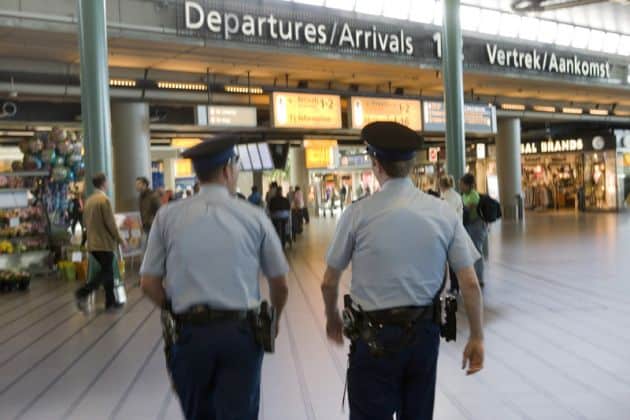Next year, Schiphol wants to further expand its facial recognition tests, says De Telegraaf. The airport states that the tests at the gate last year have succeeded. In 2019, these tests will have to be extended and facial recognition will be used much more widely.
The airport hopes that the new technology will enable passengers to move through more quickly. The new tests have to be used in the process from check-in via security and passport control to boarding and automatic tracking and identification. For this purpose, the airport cooperates with the military police, customs and airline companies.
Participation in the biometric tests is voluntary for passengers. During the tests, their faces are scanned and they do not have to show a passport or boarding pass. The intention is to make a number of passages suitable for facial recognition.
KLM is an advocate of technology because it can reduce delays. The new system will also make it easier to follow travellers without compromising the privacy of users.
Other tests
In 2017, facial recognition tests were carried out at various airports. Experiments were carried out at Charles de Gaulle in Paris, as well as in Helsinki, Finland. There, the test was carried out at the check-in desk, where a camera compared a traveller’s face with the one in the database. If there was a match and it was the customers’ turn, the relevant data could already be seen by the employees at the counter.
Timo Rissannen, head of the ground experience department at Finnair, said at the time that it will be some time before the technology is put into practice. “In practice, we are still talking about years of development work, according to Rissanen. I would say that in five years or so it will be possible to travel without a boarding pass.”
This news article was automatically translated from Dutch to give Techzine.eu a head start. All news articles after September 1, 2019 are written in native English and NOT translated. All our background stories are written in native English as well. For more information read our launch article.